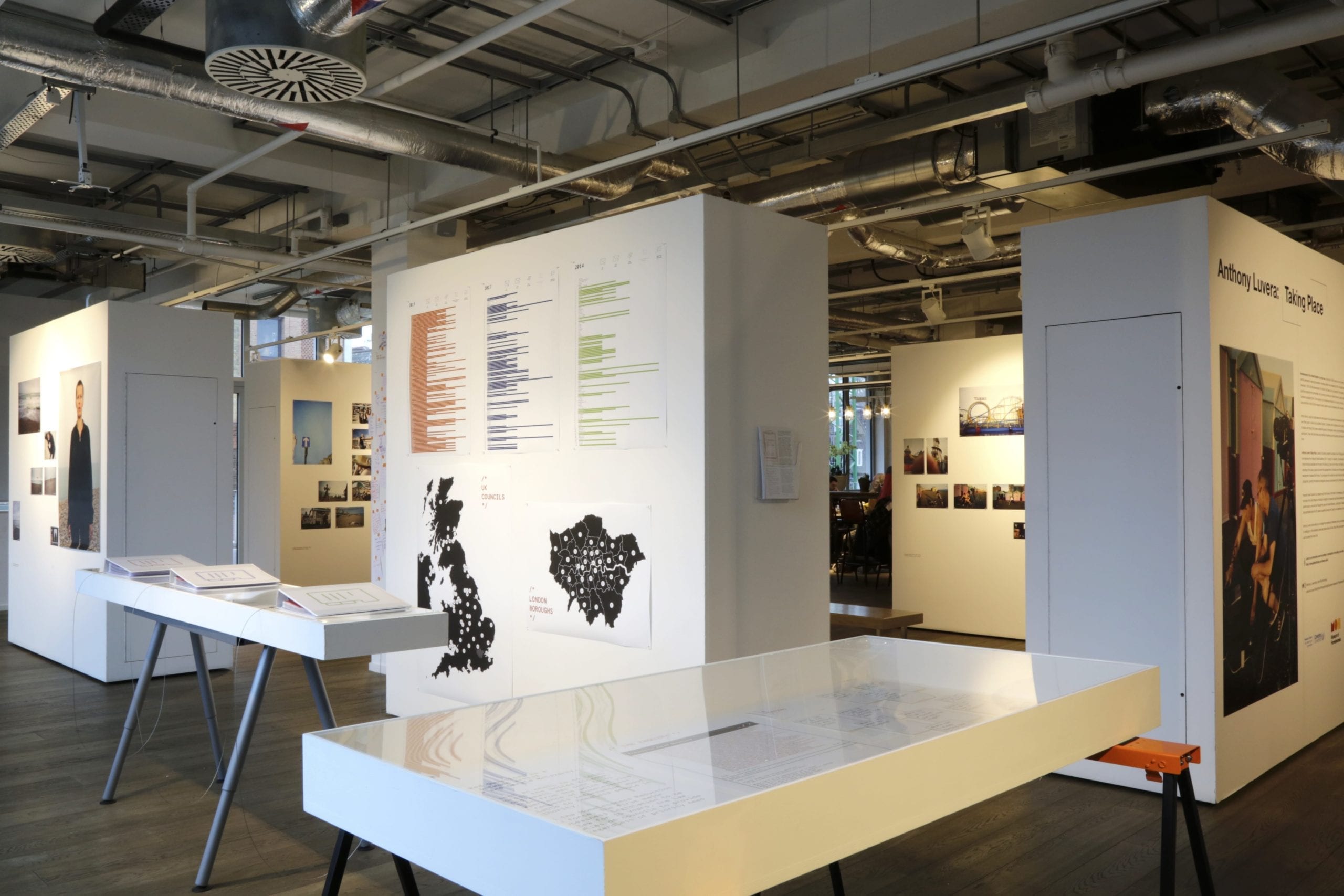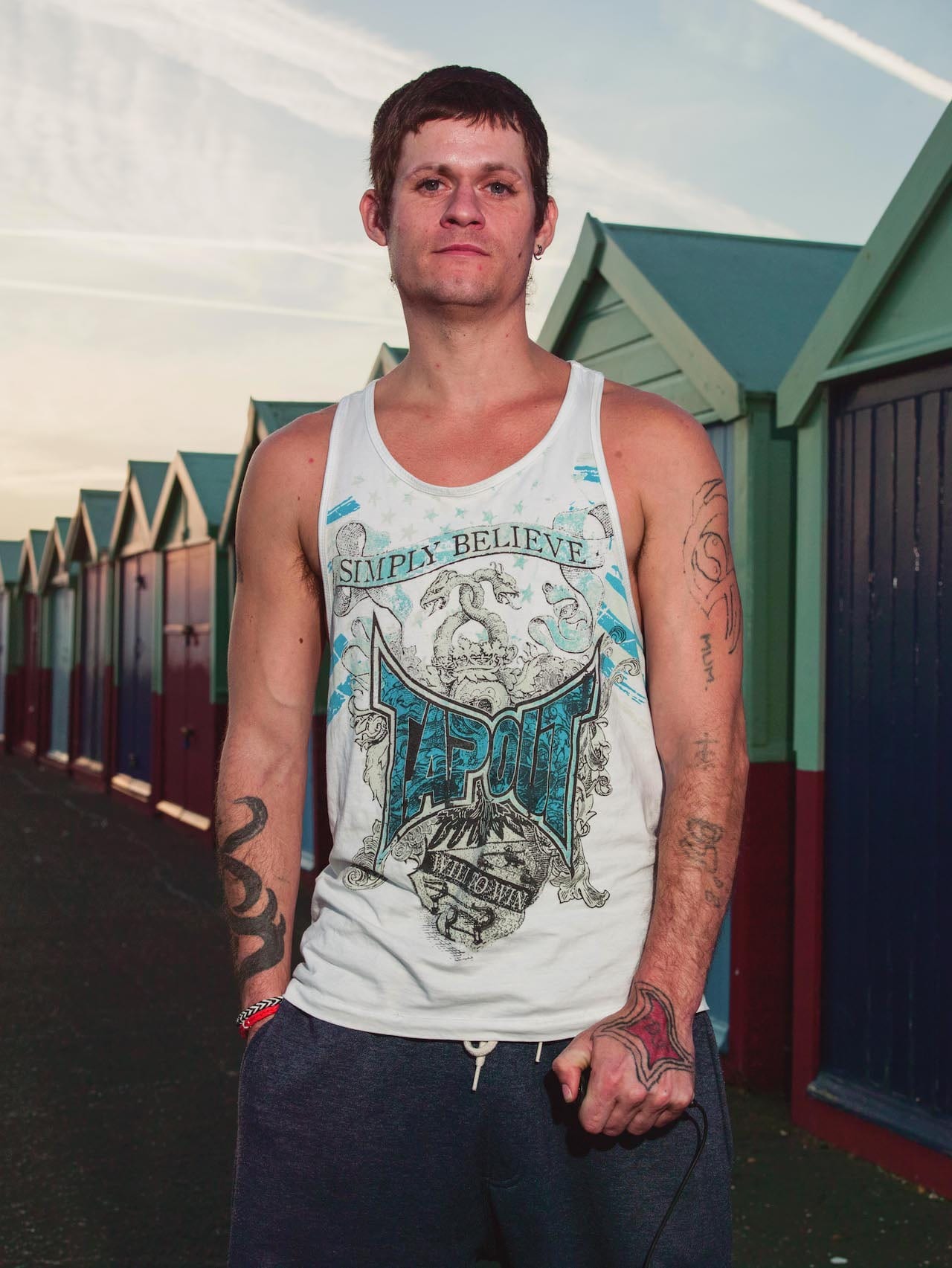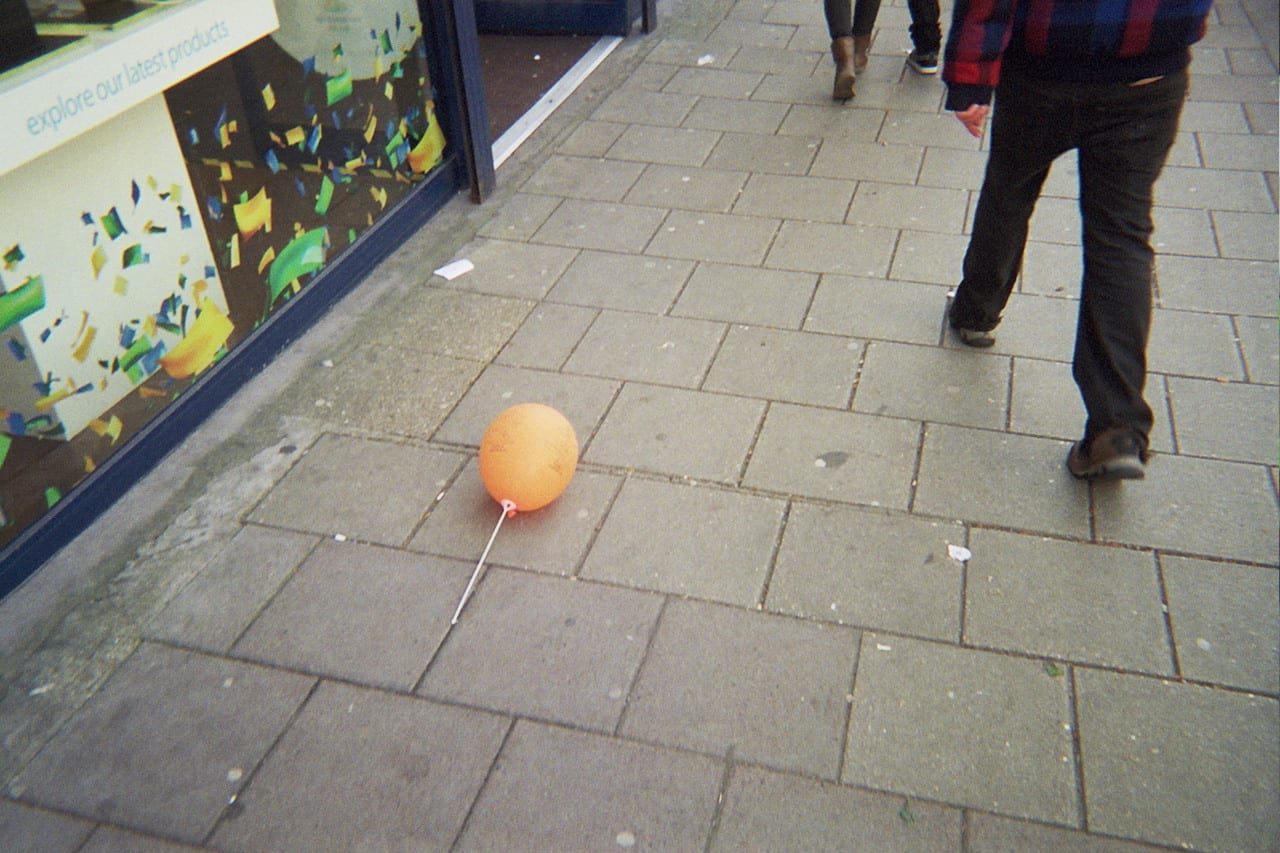After 18 years of collaboration with individuals experiencing homelessness, Anthony Luvera’s exhibition hopes to combat false narratives
Participatory photography not only creates a multidimensional view of the topic at hand but can provide a platform for people, especially those who often go unheard. Anthony Luvera has been working alongside individuals experiencing homelessness for 18 years, and his projects are an example of what is possible when a photographer collaborates with their subjects. His latest exhibition, presented within a public space in central London, aimed to shift the narrative. Feeling inspired? Are you a photographer that wants to make a difference? Apply now.
Over the last decade, the UK’s homelessness crisis has reached an all-time high. Research by Shelter estimates that 280,000 people – one in every 200 people in England – are currently experiencing homelessness, and in 2018, an estimated 726 people who were homeless died in England and Wales, a 22 per cent rise from 2017. At the end of last year, the number of households living in temporary accommodation was at its highest level in more than a decade, with more than 86,000 households currently in temporary accommodation, including 127,000 children.
If you live in the UK, these facts may not be shocking. Homelessness is arguably the most visible consequence of the past decade of austerity, particularly in the country’s capital, where the only way you can ignore it is by averting your eyes. According to Simon Gunning, CEO of CALM,
“We know that 80% of people experiencing homelessness have reported struggling with their mental health and also that suicide is the second largest killer of homeless people in the UK.” As such, it is becoming increasingly important that this experience is represented by more than just news reports and statistics, and that these voices are given a platform on which to be seen and heard.
Photographer Anthony Luvera has been collaborating with people who have experienced homelessness for 18 years, producing thousands of photographs, as well as videos, sound recordings, and ongoing research projects in cities and towns across the UK including Brighton, Belfast, and London. Through a collaborative approach, Luvera’s work attempts to shift the narratives surrounding homelessness, and bring to light how these problems are amplified through the way that society is structured.
His most recent exhibition, which was on show at The Gallery at Foyles, Soho, central London, Anthony Luvera: Taking Place presented two projects: Frequently Asked Questions (FAQ) and Assembly. For the latter, Luvera invited participants to capture and record their experiences using disposable cameras and digital sound recorders. In addition to this, he worked with the participants to produce assisted self-portraits in locations that they felt were important to them. The finished project presented these images and soundscapes alongside screen grabs from the editing process, and photographs of them working together.
“One of the things I’m really aware of is that the process of making the work is as much the practice as the product and finished images,” says Luvera. “I’m keen to find ways to disrupt the traditional use of photography, where the photographer stands behind the camera and points at their subject, and to see if we can reassemble that to create a more nuanced representation of the person in the picture.”
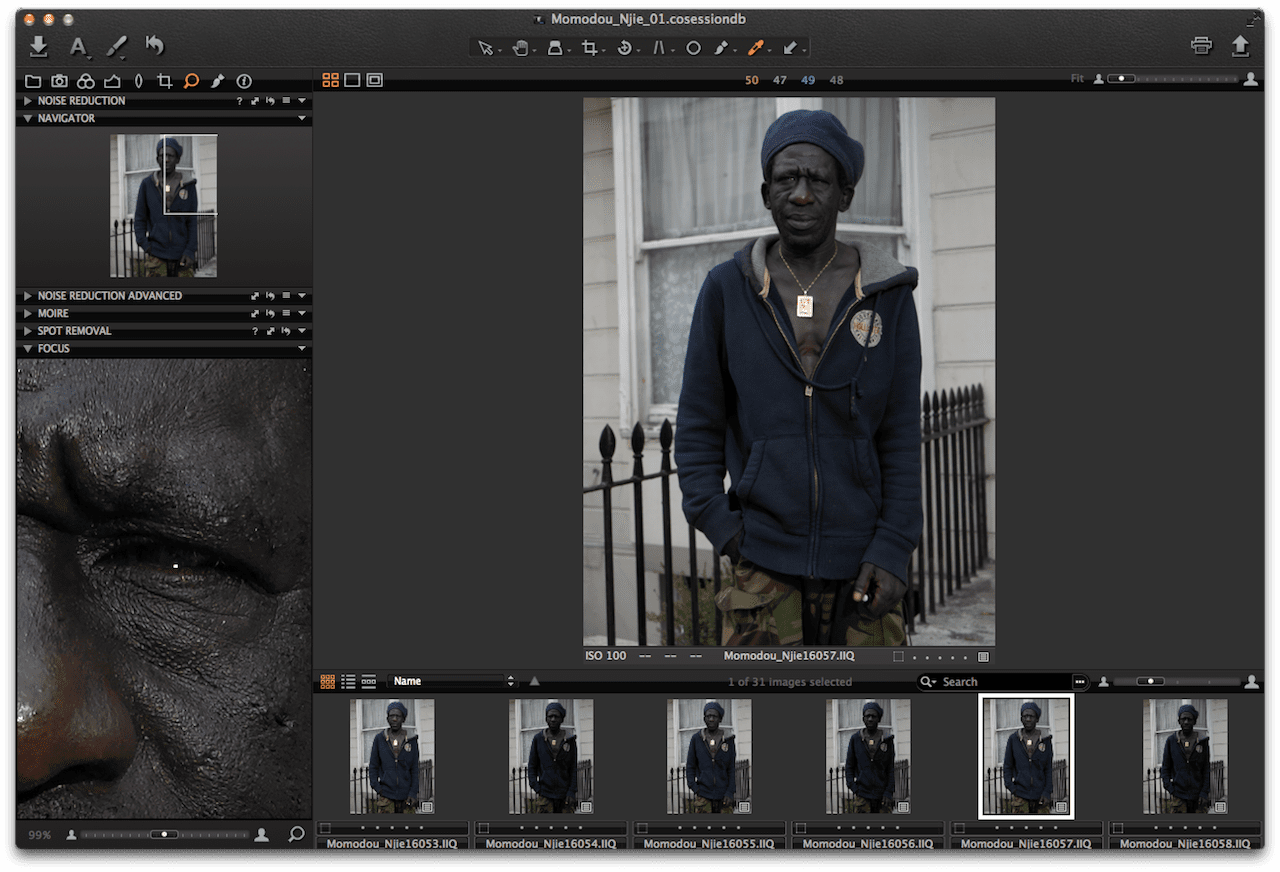
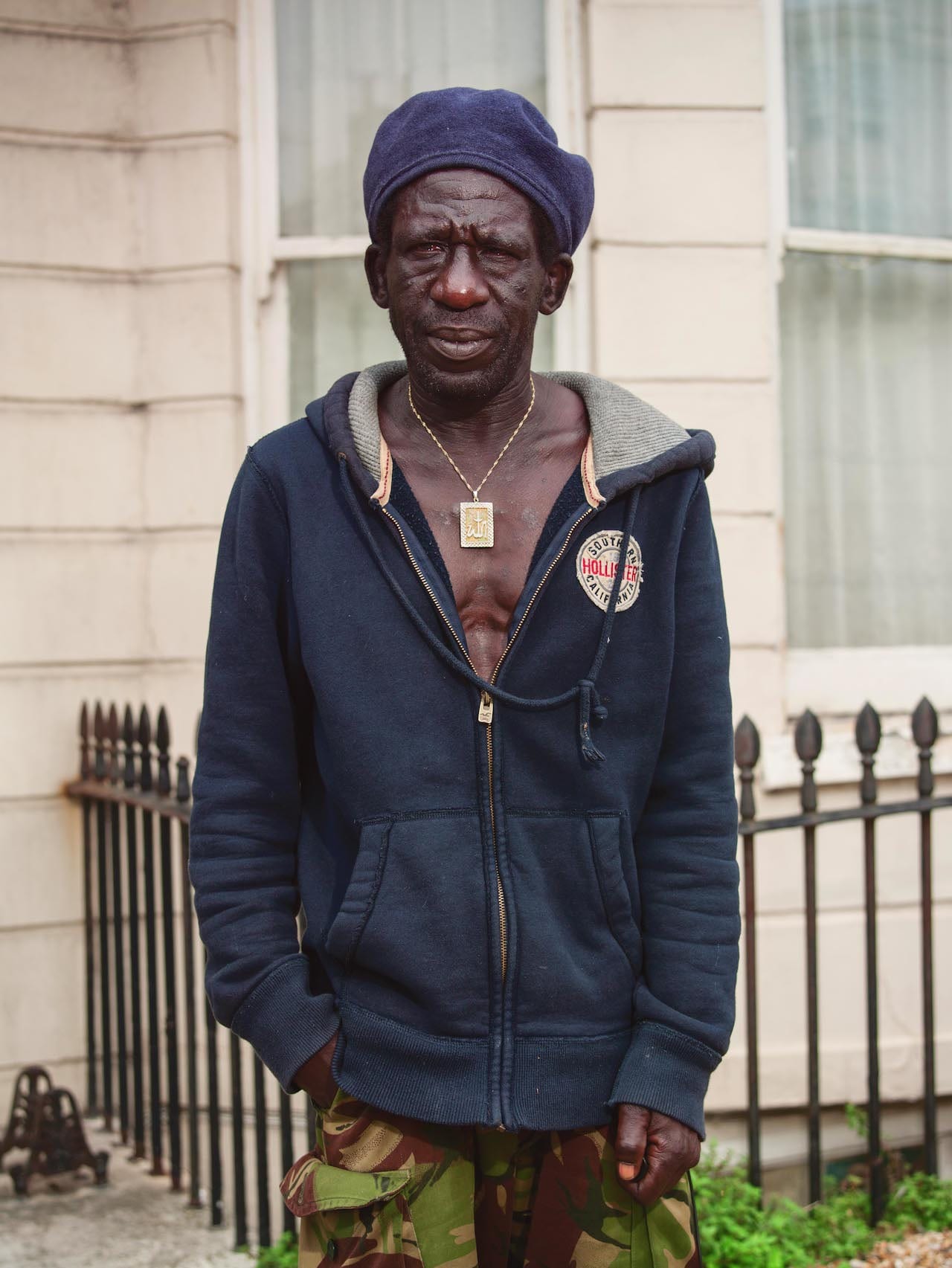
Alongside Assembly, Luvera exhibited his ongoing research project, FAQ, developed in collaboration with Gerald Mclaverty, who is currently homeless in Brighton. The project began in 2014, motivated by the lack of information that Luvera and Mclaverty felt was available to people at risk of homelessness. Rather than providing useful advice, the leaflets distributed by charities or the government seemed to exist as marketing for the activities of each organisation.
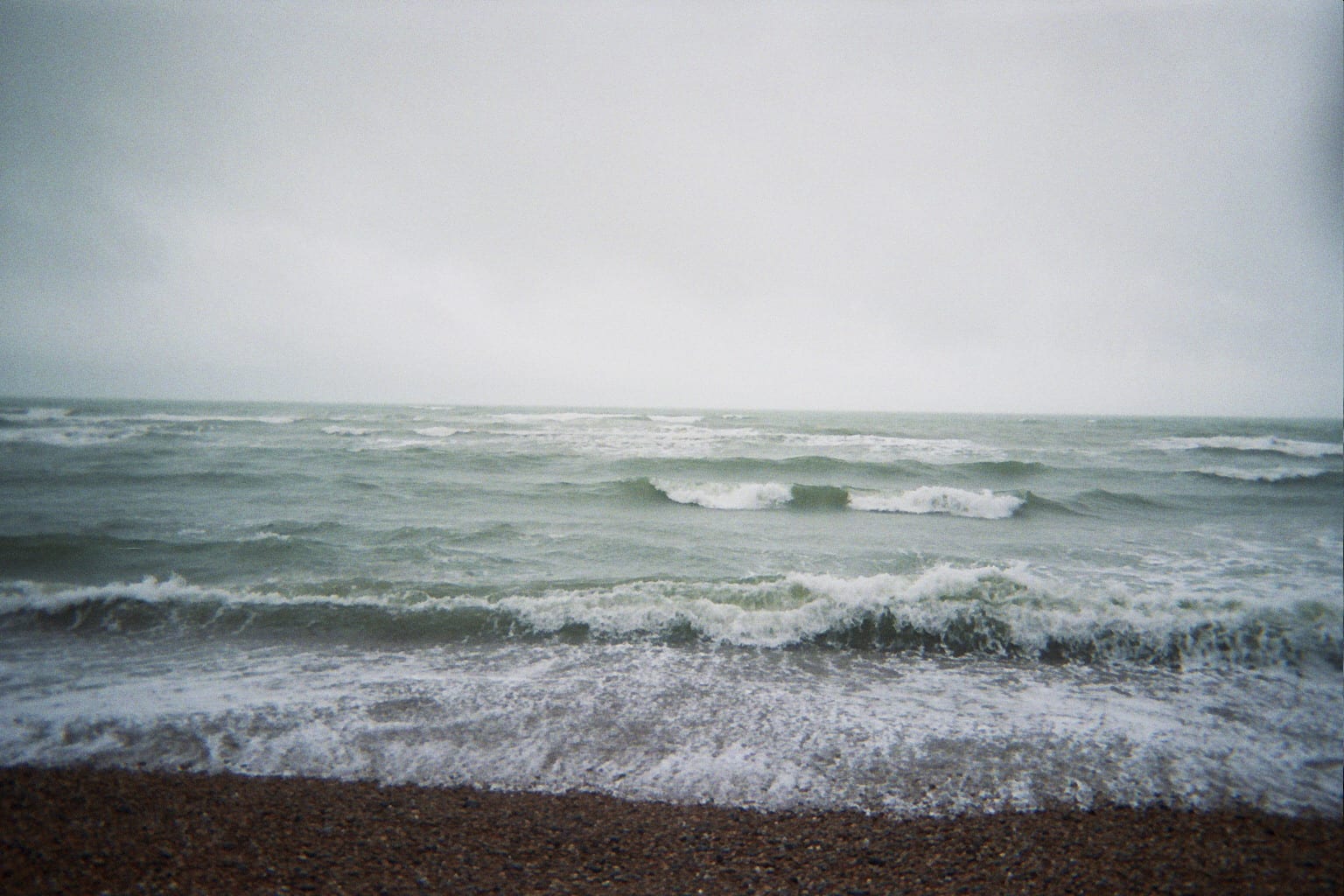
The pair drafted an email written from Mclaverty’s perspective and detailing his experience of homelessness, and emailed it to 44 of the largest local authorities in the UK by population, requesting information about shelter, personal safety, food, and communication: Where can I go for something to eat and drink? Where can I find shelter when it is raining or snowing? Where can I sleep during the night that is safe?
“We thought we might get some useful information, but what we got was a bunch of ‘out-of-office’ replies. Most of them didn’t reply at all,” says Luvera. A couple of years later, the photographer built up a relationship with the Museum of Homelessness in London and decided to re-do the project. This time they sent out 61 emails, and received a similar response: only four local authorities responded. This data was then analysed and designed into posters that were displayed on a 13-metre wall at Tate Liverpool in January 2018.
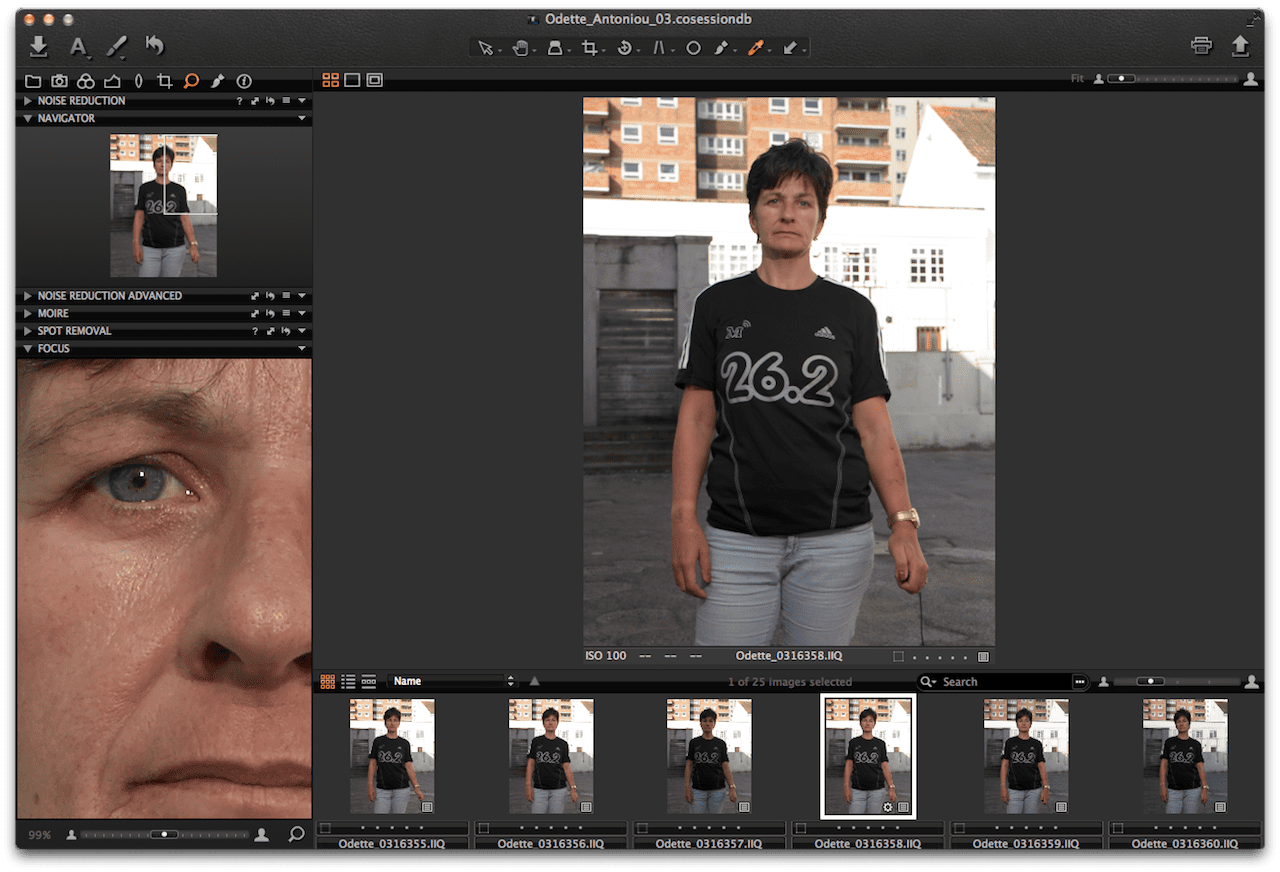
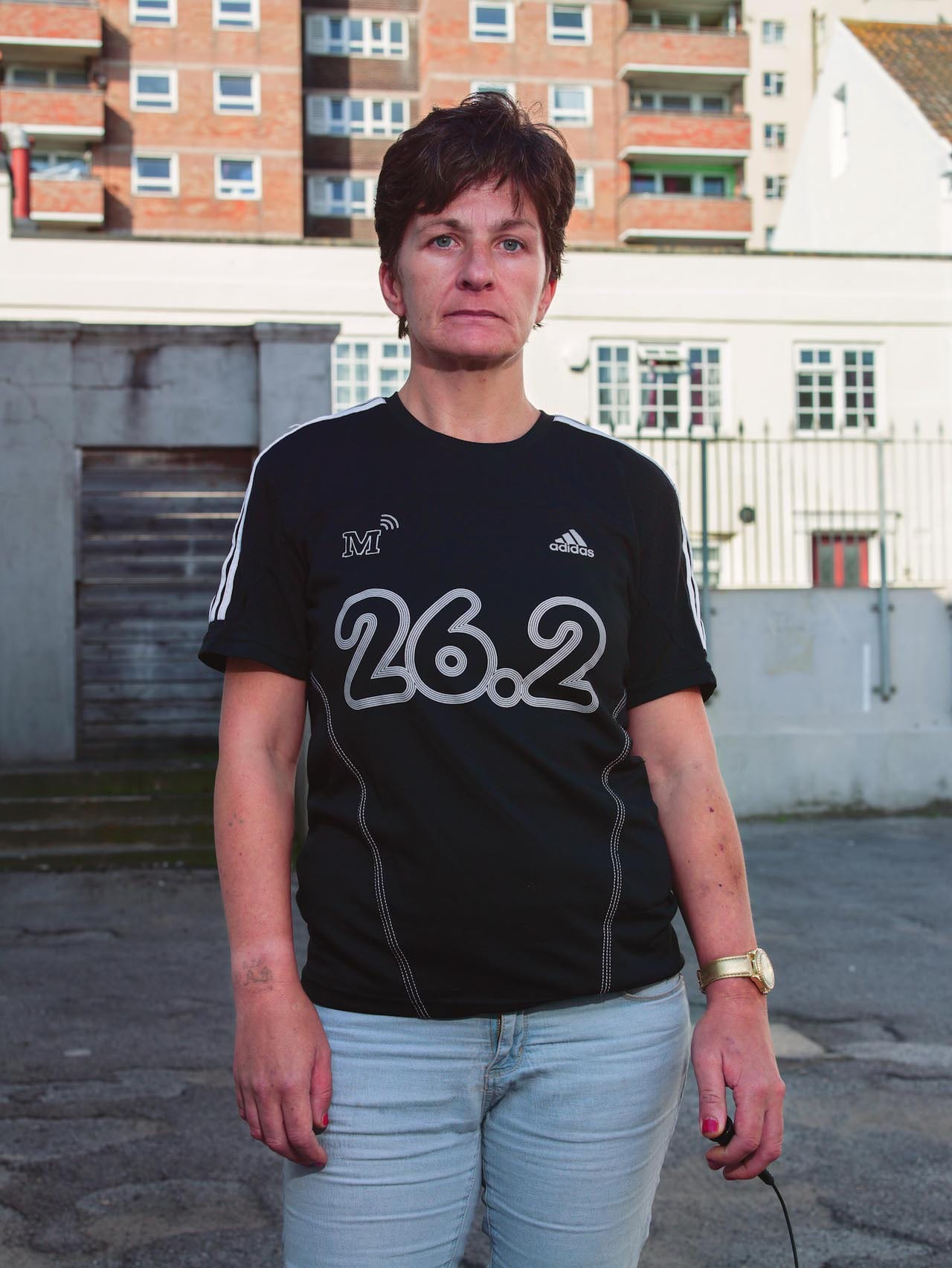
Three months later in April 2018, the UK parliament introduced The Homelessness Reduction Act, the biggest change to homelessness legislation in 40 years, which meant that local councils now have a duty to help people who are homeless and protect those who are in danger of losing their homes. Seeing this as an important milestone towards positive change, a year later, Luvera and Mclaverty sent out another round of emails. To their disappointment, the results had only marginally improved: compared to seven per cent in 2017, only nine per cent of local councils, which is 10 out of 110, responded in 2019.
His most recent exhibition at The Gallery at Foyles, located on the fifth floor of the Foyles bookshop in Soho, was an amalgamation of this data, displayed via graphics, maps and posters, presented alongside Assembly. For Luvera, it was important that this work was visible in the public realm — Luvera’s first exhibition of his work with people experiencing homelessness was in 2015 across 12 stations in the London Underground. “I want to reach unexpected audiences in unexpected ways,” says Luvera. “I was so keen to have this exhibition because people come into the building prepared to engage with ideas, and prepared to think.
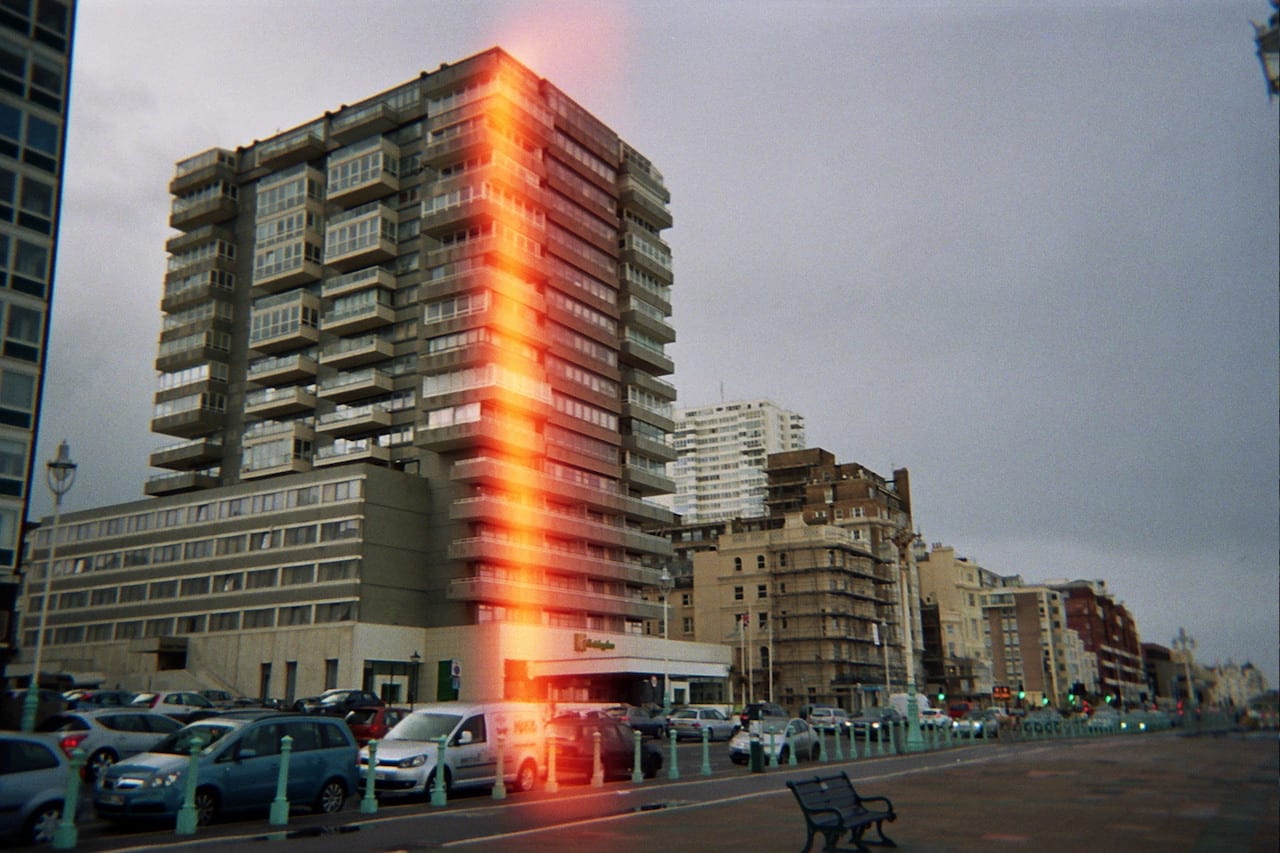
Luvera is highly aware of the negative tropes common to the representation of people experiencing homelessness, which tend to focus on their biography or the things that went wrong in their lives, and is keen to work against these trends. “Homelessness is a structural problem. It is a product of the way our society is organised,” he says. “We need to shift the conversation surrounding it and bring justice to how these problems are replicated.”
‘British Journal of Photography and CALM, a charity leading the movement against suicide, has launched a call-to-entry to commission one photographer to work collaboratively with ten participants who are experiencing homelessness. The photographer will photograph and mentor ten people who are currently homeless, each of whom will be given a Polaroid camera and asked to document how they feel through the medium of photography. Are you a photographer that wants to make a difference? Due to unprecedented circumstances regarding COVID-19, the CALM: Homeless Truths commission call-to-entry deadline has been extended.
